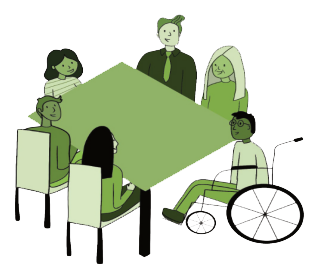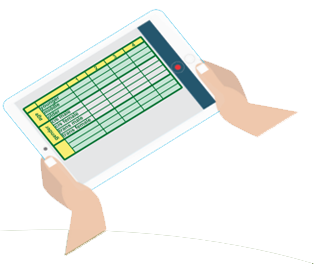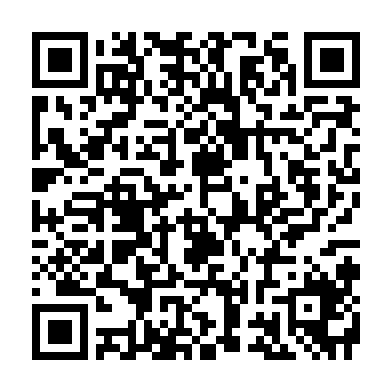Stakeholder engagement to develop a 5 year strategic plan
A large non departmental public body was carrying out its normal 5 year strategic review. There was a concern that exiting stakeholders were the only people expressing any opinions, mainly because they relied on the body for their funding.
To go beyond the usual suspects, the body used TiG to reach out to a wider group, including those who were naturally disengaged with the body. Including their opinions, and their thoughts about what would make them engage with the area of responsibility of the body was an eye opener to the organisation. The resulting plan reflected the broader views of the general public, including those with little or no interest.
Barod
• Talked through the problem with the person leading the work.
• Gave advice about characteristics to include.
• Helped them to recruit the wider group.
Recruiting an on-line citizen’s panel
A group of local authorities needed to develop plans for the climate emergency. These plans are often controversial and involve pressure groups with strong views. Ordinary citizens can often feel disempowered, both by the way pressure groups express their views, dismissing others, and by the decision making processes of local authorities that seem distant.
The team tasked with public engagement wanted to use a citizen panel approach, where experts present evidence that could be discussed and both the final deliberations and the important stages in the discussion could be recorded.
The team wanted a diverse group of people and used TiG as a way of documenting the recruitment process so that the reasons for involving certain people were clear and could be presented in the final report. They also worked with an external consultant to recruit people as this enabled them to get beyond their ‘bubble’.
UX testing of a new web platform
A major step forward in making information about public services in Wales was being launched. There was a need to test the web platform for usability by people who didn’t know the jargon or public service infrastructure.
Barod used TiG to work with the client to draw up a list of the types of situation people would be in when they would use the web platform. This gave a list of persona. This was then supplemented by a number of factors that make using web platforms difficult for some. Using a TiG like grid, Barod was able to recruit people to beta test the web platform who were likely to break it, or who were likely to get lost in it. The feedback enabled the platform to be more user-friendly and (we trust) resulted in more people accessing the services they need.
Barod
• Talked through the problem with the person leading the work.
• Gave advice about characteristics that make websites difficult to use.
• Recruited people likely to need the information and have difficulty.
• Beta tested the site and provided a feedback report.
• Checked the revised site and told the testers what had changed.





